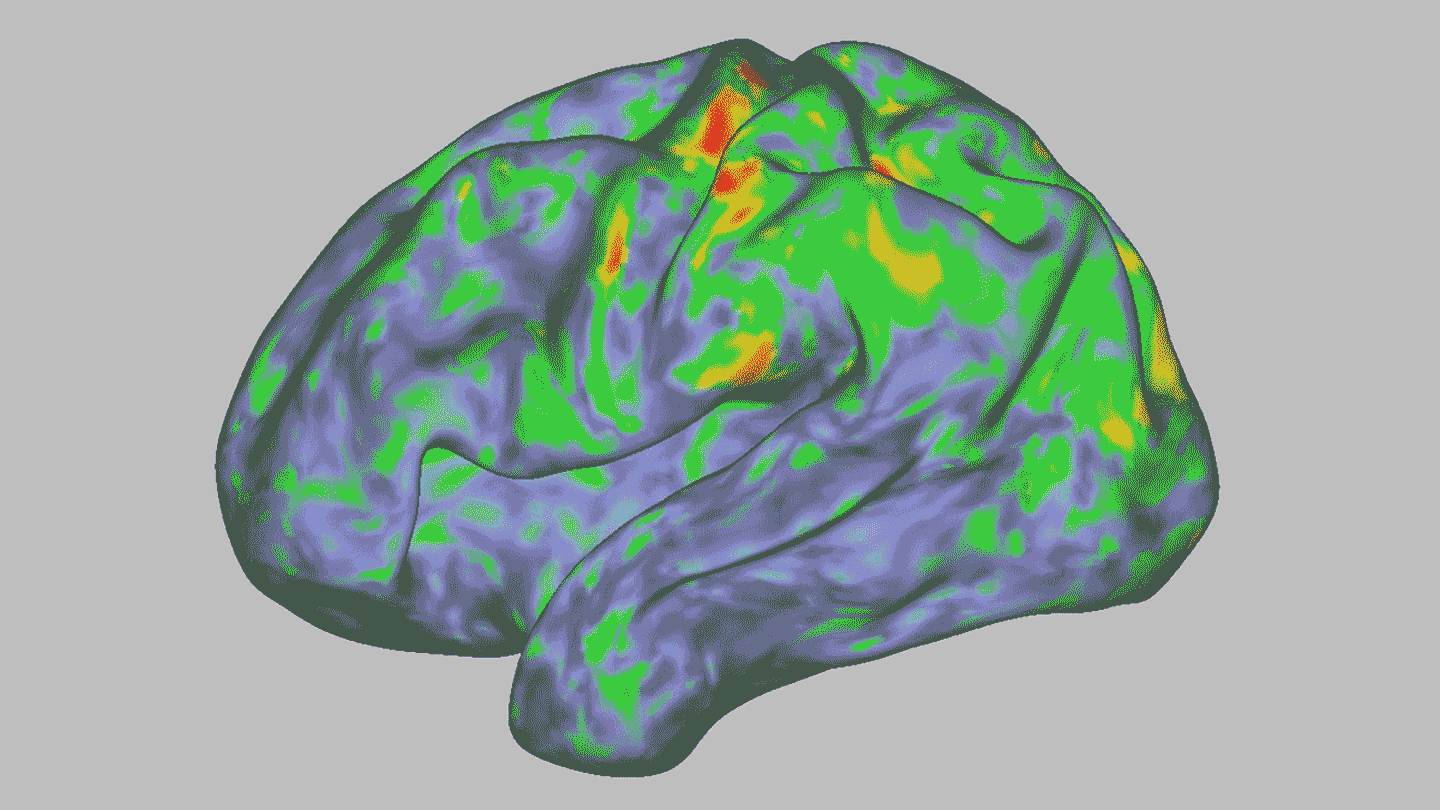These are the 5 most popular Science News stories of 2024

These are the 5 most popular Science News stories of 2024
Brain imaging data show small everyday changes in brain activity in a single person (green and yellow colors). After a dose of psilocybin, activity changes dramatically as neural collectives fall out of sync (yellow, orange and red). After the drug wears off, activity returns to normal.
Sara Moser/Washington University
Science News drew millions of visitors to our website this year. Here’s a look back at the most-read and most-watched online news stories of 2024.
Top news stories
5. Psilocybin temporarily dissolves brain networks
The psychedelic drug psilocybin briefly erases people’s neural fingerprints, the baseline brain activity unique to an individual. Some of the biggest changes occur in an area called the default mode network, which may play a role in creating a sense of self. Most of the drug’s effects typically go away within a day. A better understanding of psilocybin could lead to better mental health treatments (SN: 8/10/24, p. 12).
4. Social media harms teens’ mental health, mounting evidence shows. What now?
While evidence grows for the harmful effects of social media on adolescent mental health, more rigorous research is needed to examine the mechanisms behind this potential causal link and why certain groups are more at risk of harm. Only then can policy makers, health professionals, parents and other adults help safeguard young people online (SN: 3/9/24, p. 14).

3. Why the 2024 total solar eclipse will be such a big deal
The April 8 solar eclipse visible over North America was extraordinary, even by solar eclipse standards. The moon was at a point in its orbit that brought it quite close to Earth. The sun was also close to its peak activity, known as solar maximum. This confluence of factors gave spectators an especially dark and long eclipse and scientists an exciting opportunity to study the sun (SN: 3/9/24, p. 24).

2. Geoscientists found the most dangerous part of a famous West Coast fault
Seismic data reveal that the Cascadia megathrust, a massive fault in the Pacific Northwest, is not a single, continuous fracture, but rather composed of at least four segments. The most dangerous segment appears to stretch from off the coast of southern Vancouver Island through the state of Washington (SN: 7/13/24 & 7/27/24, p. 6).

1. DNA from old hair helps confirm the macabre diet of two 19th century lions
Genetic analysis of old hair stuck in the maws of two famed lions reveal the beasts’ diet. Dubbed the “man-eaters of Tsavo,” the lions roamed Kenya more than a century ago, snacking on giraffe, oryx, zebra, waterbuck, wildebeest and, yes, humans. The method of analysis could help scientists re-create the dining habits of other long-dead predators (SN: 10/11/24).

Top TikTok
Not only was news about the psychedelic drug psilocybin among our most-read stories of the year, it also topped TikTok. In our most popular video, Science News Explores assistant managing editor Maria Temming explains that a high dose of the drug can temporarily scramble a person’s unique default brain activity.
More Stories from Science News on Science & Society
